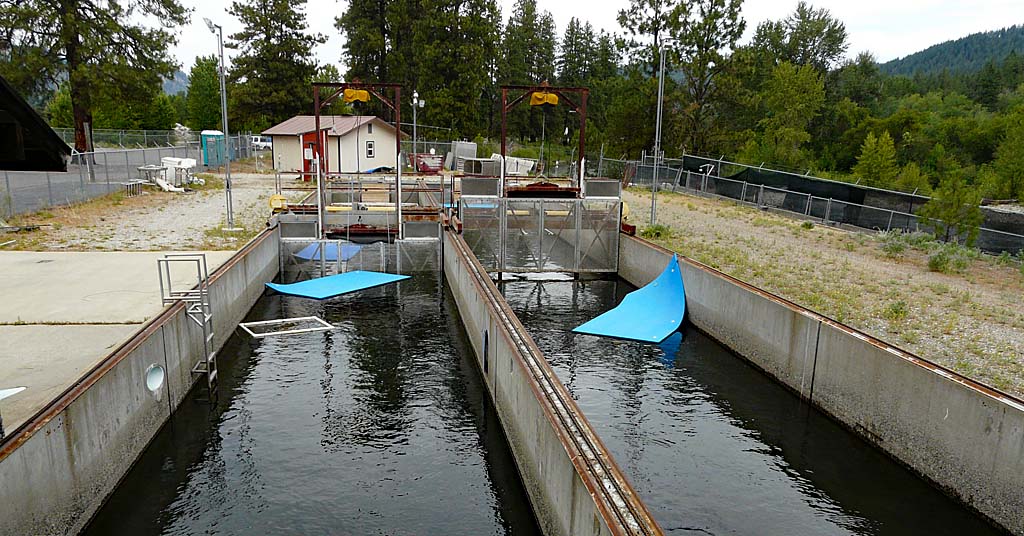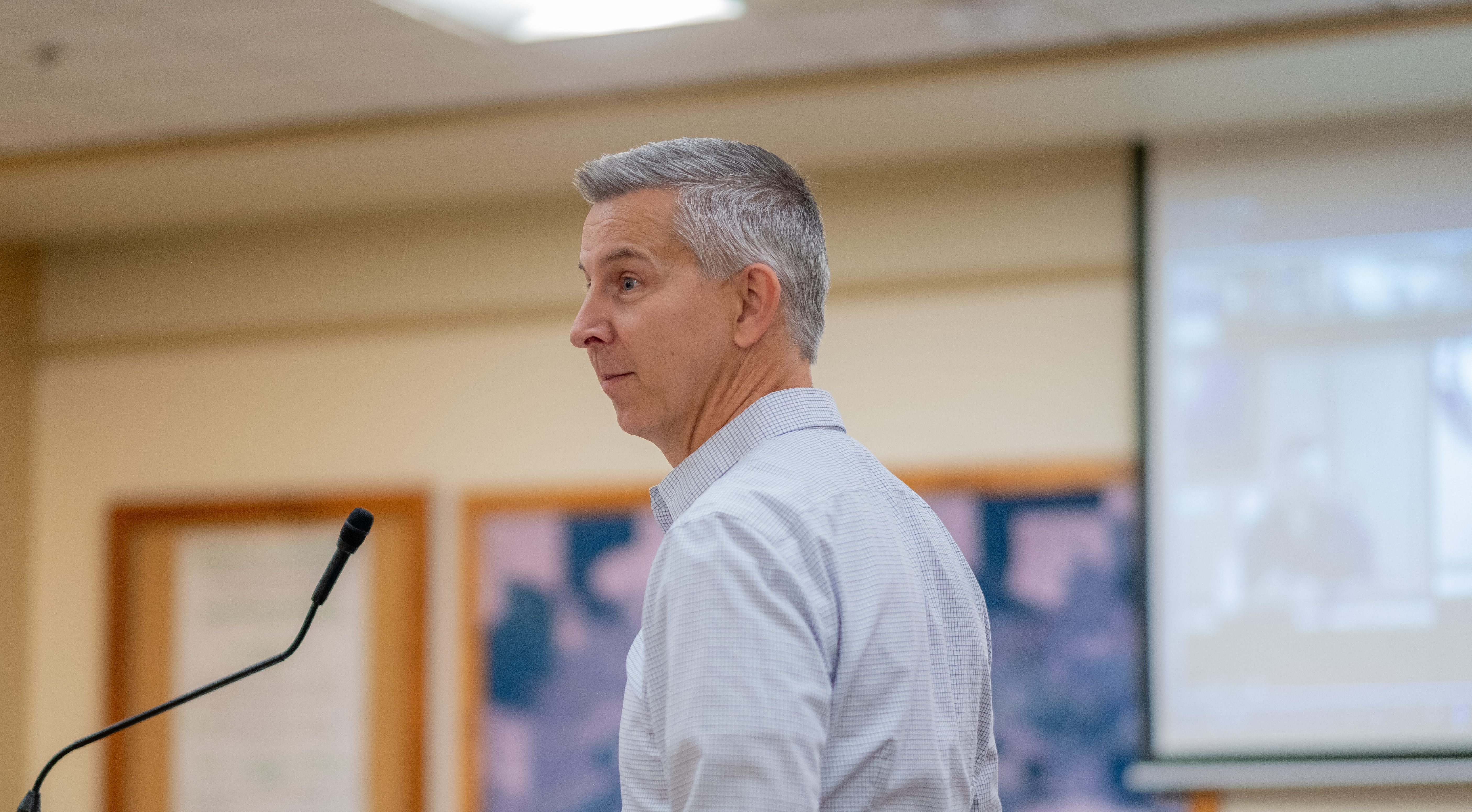Making conservation work in Idaho
Published 3:15 pm Wednesday, June 7, 2023
PAUL, Idaho — Brian Kossman had helped out on his aunt and uncle’s farm in the summers growing up, but didn’t know a lot about farming until a two-week job digging sugar beets turned into full-time employment.
He also didn’t know much about soil and water conservation until he was asked to serve on the board of the Minidoka Soil and Water Conservation District about 10 years ago.
Trending
“I thought, this is really kind of neat, and I was interested in it,” he said.
Water and wind
Dealing with water curtailment and wind erosion, the board was interested in what farmers could do to grow a crop of corn or sugar beets. The main focus was on soil that retained more water and didn’t blow away. Another focus was reducing runoff from irrigation pivots.
“We always thought, if you till the ground more, it will hold more water; it’s just the opposite,” he said.
The big innovations in soil and water conservation came out of the Midwest, where corn and soybeans lend themselves to no-till. Growers there can get pretty worked up that if it’s not no-till it’s not conservation, he said.
“They’re not growing stuff that has to be dug out of the ground,” he said.
Trending
Farmers in south-central Idaho grow potatoes and sugar beets, but there are ways to do no-till.
No-till experiment
The district’s first foray into no-till was with sugar beets in a special project in cooperation with Amalgamated Sugar Co. Half a field was direct seeded and the other half was conventionally tilled.
The first year, yields were about identical but sugar content was slightly higher in the no-till crop. The second year showed the same yield and sugar content results, but less water was used on the no-till crop.
“The real challenge with it (no-till) was mice; it created a habitat for them in the winter time,” he said.
That would probably only be an issue in years with a high mouse population, but that’s an unknown factor from year to year, he said.
European disc
Most farmers now use a European disc, which is shallower than conventional tilling, and they make fewer passes through the field.
The district also partnered in demonstrations of such practices as minimal till, cover crops and livestock grazing on cover crops, and Kossman has applied some of the practices to Schaeffer Farms, where he is farm manager.
“We tried a lot of things, but not a lot have stuck,” he said.
Sustainability, profitability
The same is true for farmers in the district. They’ve tried to apply Midwest conservation practices to Idaho’s high-desert cropping systems, but those practices have to be feasible. No-till is really tough to do in potatoes and sugar beets, and grazing livestock on hundreds of thousands of acres every year isn’t very practical, he said.
“To be sustainable, you have to be profitable,” he said.
There have been challenges with some of the conservation practices, but there has also been progress.
“What we’ve learned and try to do better at is less tilling,” he said.
Drilling down
One of the things he’s most proud of during his 10 years on the district board is the Mini-Cassia Direct Seed and Cover Crop Project. Three districts in the area secured an NRCS Conservation Innovation Grant and purchased two direct seed drills to rent out so farmers could try planting cover crops into stubble without having to purchase a drill.
The project used that rent money to offer cover crop seed rebates to help cover the cost of seed to encourage farmers to plant cover crops.
“We thought they’d try no-till drill and go buy their own, but that hasn’t happened,” he said.
But people are using more cover crops than they used to, broadcasting seed with a fertilizer spreader after combining the cash crop, usually a cereal grain crop, he said.
The districts also use the money generated from drill rental to put on a large annual Soil Health Workshop, bringing in conservation experts.
Long-term study
In addition, all the districts in Division IV are participating in a long-term study of the outcomes of conservation practices to determine if they are beneficial.
The district also puts on presentations to share with other producers what it and farmers are doing, how they did it and the challenges.
“There are things we do and have changed things, but I’m not an innovator,” he said.
Nonetheless, the Minidoka district honored him this spring as he retired from 10 years on the board, serving as chairman for six of those years.
The board noted he was an active member focusing on building a strong soil district and providing conservation and soil health education to the public. He took a lead role in promoting cover crops and soil health improvement practices at the local, Division IV and state levels as a positive leader.
“Conservation is something everyone should be thinking about — that’s farmers and every water user,” he said.
“I accept conservation and profitability don’t always go hand-in-hand. … They don’t always line up (but) we can meet in the middle,” he said.
Occupation: Farm manager at Schaeffer Farms; also grows 200-300 acres of his own crops.
Location: Paul, Idaho
Age: 47
Co-owner: 80 head cattle feeding operation
Family: Wife Gretchen; daughters Morgan, 16, and Kate, 8; son Bridger, 13









